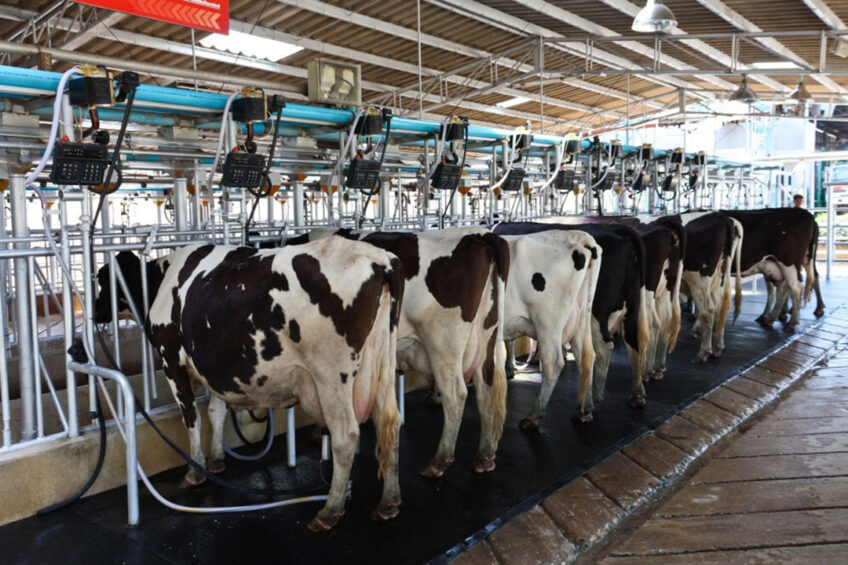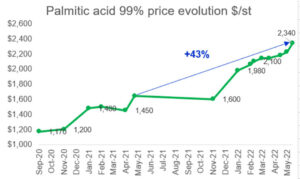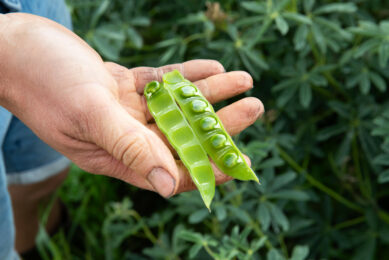High palmitic acid prices cut into dairy farmer margins

The rising prices of palmitic acid seen globally may be cutting into the margins of dairy farmers worldwide. But, alternative technologies could maximise return on investment and maintain milk fat.
Palmitic acid prices have risen 43% over the past 12 months in the US. Meanwhile, the price of milk fat increased by 61% in the country, so while dairy farmers have an opportunity to increase their income, they are battling increased costs for feed additives.
Figure – The price of palmitic acid has increased about 43% when compared to May prices a year ago, up from US$1,450 to US$2,340 dollars per tonne (US tonne).

Cecilia Lopez, US ruminant solutions senior manager with Novus International: “With the current price of palmitic acids and the possible scarcity of palmitic acid on the global market, dairy farmers may not be able to realize the additional income from the milk fat premium.”
A growing global concern
According to Lopez, global concern is growing around the shortage and cost increase of palmitic acid and its derivatives. There are many factors driving palmitic acid prices, she says. “Indonesia, the world’s leading palmitic acid exporter, banned exports of palmitic acid for a time earlier this year; global supply chain issues, and the conflict between Russia and Ukraine are all escalating an already high-cost situation.”
A source of dietary fat
Palmitic acid is widely used as a source of dietary fat to support milk fat production in dairy cows, and according to Hannah Tucker, ruminant technical service manager with Novus, palmitic acid is mainly made up of the fatty acid C16:0, which, she says, is the largest amount of fatty acid found in milk fat. “By supplementing with palmitic acid there is a boost in milk fat production that happens quickly because it is able to go almost directly to the mammary gland to be packaged into milk fat.”
Alternative technologies
To capitalise on milk fat premiums, Lopez suggests dairy farmers re-look their ration formulation, adding that depending upon what region of the world a dairy farm is in, different feed technologies may be available to achieve the farm’s goals.
“Feed supplements, such as a methionine hydroxy analogue (HMTBa), a source of methionine, can help optimise rumen fermentation, positively impacting one of the metabolic pathways to promote more milk fat production,” says Tucker.
“MFP feed supplement, MHA feed supplement, and ALIMET feed supplement are sources of HMTBa show to be positive solutions for dairy farmers as alternative technologies for milk fat production.”
Join 13,000+ subscribers
Subscribe to our newsletter to stay updated about all the need-to-know content in the dairy sector, two times a week.










